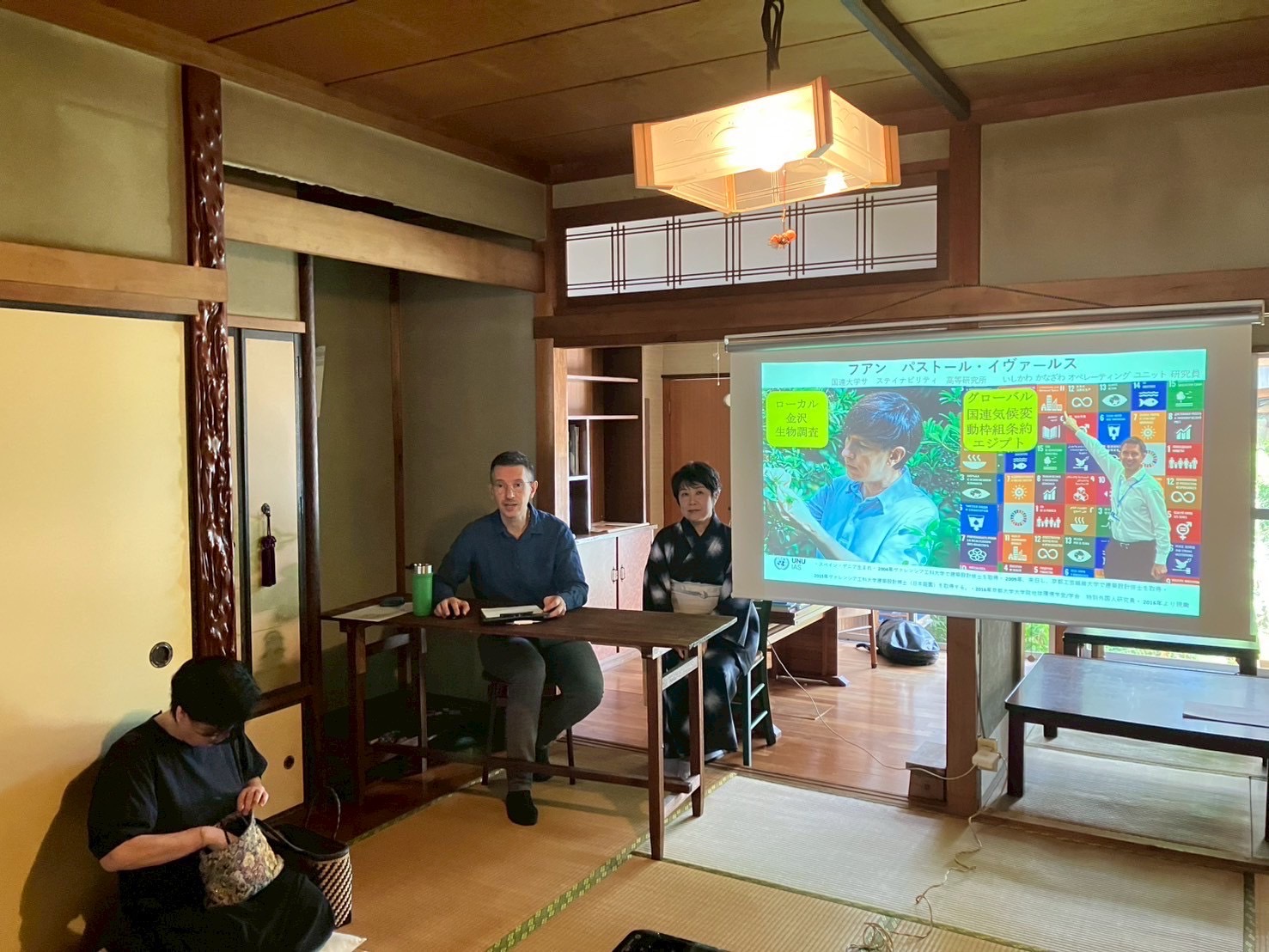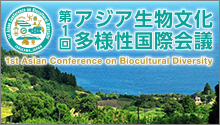On Saturday, August 30, 2025, UNU-IAS OUIK, in collaboration with NPO Tsuzuru, hosted the inaugural session of the new Hatake Talk series entitled “Green Dialogue Connecting Noto and Kanazawa: Satoyama Wisdom and Regeneration.” 30 participants, including students, researchers, community members, and practitioners, actively joined for two hours of dialogue and exchange.
Opening Session
The event opened with Dr. Juan Pastor-Ivars (UNU-IAS OUIK), who introduced the Sustainable Urban Nature Project and its focus on Participatory Action Research (PAR) in Kanazawa’s Kikugawa district which is aiming to protect, preserve, and restore urban nature in Kanazawa. Over the past year, PAR has promoted citizen participation in five core activities: (1) urban greening, (2) biodiversity monitoring, (3) green space maintenance, (4) co-creation of community gardens, and (5) eco-tourism. Dr. Pastor-Ivars highlighted that after successfully piloting these activities, the next step is to create platforms for dialogue, Hatake Talks, to deepen collective reflection and strengthen urban-rural ties. He also shared how his visit to Noto earlier this year, where residents expressed their desire to restore beauty and greenery after the 2024 earthquake, inspired the idea of connecting community gardens in Kanazawa and Noto as a pathway for healing and resilience.
Presentations
The second talk was delivered by Ms. Yumi Matsumoto (NPO Tsuzuru), who shared her unique role as both real estate professional and community revitalizer. She described how Tsuzuru revitalizes abandoned houses and transforms them into spaces for cultural exchange, shared meals, and community-building, exemplified by the “Ikuyama House” itself, where the event was held.
The keynote was presented by Ms. Yuki Hagino (Maruyama Team, Noto). Blending her experiences as a designer, environmental activist, and community practitioner, she recounted her life in Noto, where she has for over a decade learned traditional satoyama wisdom from local elders.Reflecting on the devastating earthquake of January 2024, Ms. Hagino spoke of the destruction of homes and livelihoods, but also of the resilience nurtured by shared gardens, creative reuse of broken materials, and a philosophy of slow, intuitive rebuilding. Her examples, such as moss planters crafted from earthquake debris, captivated participants and illustrated how satoyama practices can inspire urban regeneration and collective healing.
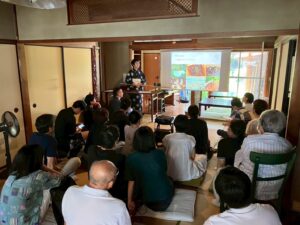
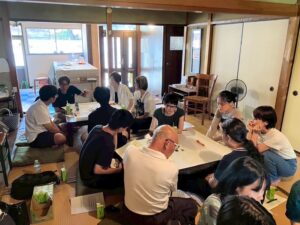
Group Discussions
The second half of the event invited participants to form four groups, each addressing a guiding question:
1. Benefits of green infrastructure* – which to prioritize and why.
*a nature-based initiative to promote the development of sustainable and attractive nations, cities and regions
by utilizing the diverse functions of the natural environment in both hard and soft aspects, such as social infrastructure development and land use.
2. Conservation vs. transformation – preserving existing green spaces versus repurposing abandoned lots.
3. Scaling and governance – expanding PAR initiatives to other districts and embedding them into municipal policymaking.
4. Resilience and wellbeing – applying satoyama knowledge to post-disaster recovery and urban life.
The group reflections emphasized that green infrastructure should be rooted in local identity and community needs. Conservation emerged as a priority, but with gradual integration of transformation. Participants also stressed the importance of linking PAR with education, strengthening collaboration with public associations, and fostering multi-stakeholder governance. The rural wisdom of satoyama was seen as a valuable guide for creating more authentic, resilient, and human-centered urban futures.
Closing and Next Steps
The event concluded with a communal planting activity in the community garden. Participants expressed that the exchange not only deepened understanding of satoyama practices but also strengthened ties between Kanazawa and Noto communities.
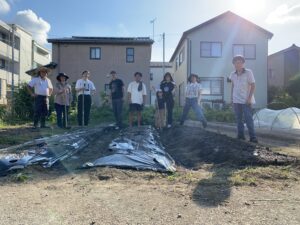
From the perspective of UNU-IAS OUIK, this first Hatake Talk successfully demonstrated the potential of urban-rural dialogue to generate shared visions of socio-ecological restoration and wellbeing. The series will continue in the coming months, with further sessions bringing new voices from Noto to enrich the conversation.


